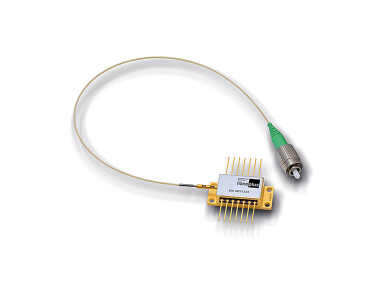Environmental Laboratory
How Is Lab-Grown Meat Made?
Dec 07 2020
There was much call for celebration among environmentalists and animal rights activists at the start of December, with the Singapore Food Agency approving a lab-grown meat for human consumption for the first time. The so-called “cultured chicken”, made by US-based company Eat Just, will be available in just one Singaporean restaurant to begin with, but the firm have big designs on the future.
The announcement is being regarded as a landmark moment for the meat industry. While there are plenty of companies around the globe pursuing no-kill, lab-grown meat which may appeal to conventional carnivores, the Eat Just product is the first to receive authorisation for commercial sale. But how exactly was the meat created?
A complicated process
To create their product, Eat Just began with chicken cells taken from a cell bank. There are a variety of ways in which to store cell tissues like these, often for the purposes of documenting disease and other DNA information. In this instance, the cells were extracted from the biopsy of a live animal, meaning no slaughter was involved in the process.
The cells were then grown in a 1,200-litre bioreactor, with nutrients taken from plants pumped into them to help them develop. On this occasion, foetal bovine serum (taken from the foetal blood of cows) was used to aid the process, but the scientists behind the breakthrough have indicated that they will us a plant-based serum for their next production line. They only did not use such an alternative this time round because it was not available when they initially filed for approval two years ago.
Small beginnings
At the outset, the cultured chicken will only be sold at a single location in Singapore. That is due to a lack of availability, but Eat Just do have plans to scale up their operations to meet the demand across the city state, before expanding further afield. They have indicated that although the lab-grown meat will be much more expensive than conventional options in the beginning, it would eventually become cheaper once their operations expanded.
“I think the approval is one of the most significant milestones in the food industry in the last handful of decades,” explained Josh Tetrick, CEO of the company. “It’s an open door and it’s up to us and other companies to take that opportunity. My hope is this leads to a world in the next handful of years where the majority of meat doesn’t require killing a single animal or tearing down a single tree.”
Good news all round
It is hoped that the approval of Eat Just’s produce will pave the way for a world in which no animals are slaughtered to be eaten – something that some quarters of the scientific community have predicted will come to pass as early as 2040. It could be a key way in which meat-eaters can be persuaded to transition towards a more humane diet, since vegetarian and vegan lifestyles are not looked upon fondly by everyone.
Quite apart from the countless animal lives that the development could save, it could also be monumental for the environment. Monitoring of methane emissions from agriculture and dairy farming reveal that the sector is one of the biggest contributors of greenhouse gases, so anything that can curb that damaging impact will be most welcome to eco-friendly consumers.
Digital Edition
AET 28.4 Oct/Nov 2024
November 2024
Gas Detection - Go from lagging to leading: why investment in gas detection makes sense Air Monitoring - Swirl and vortex meters will aid green hydrogen production - Beyond the Stack: Emi...
View all digital editions
Events
Nov 26 2024 Paris, France
Nov 27 2024 Istanbul, Turkey
H2O Accadueo International Water Exhibition
Nov 27 2024 Bari, Italy
Biogas Convention & Trade Fair 2024
Nov 27 2024 Hanover, Germany
Dec 02 2024 London, UK












.jpg)






